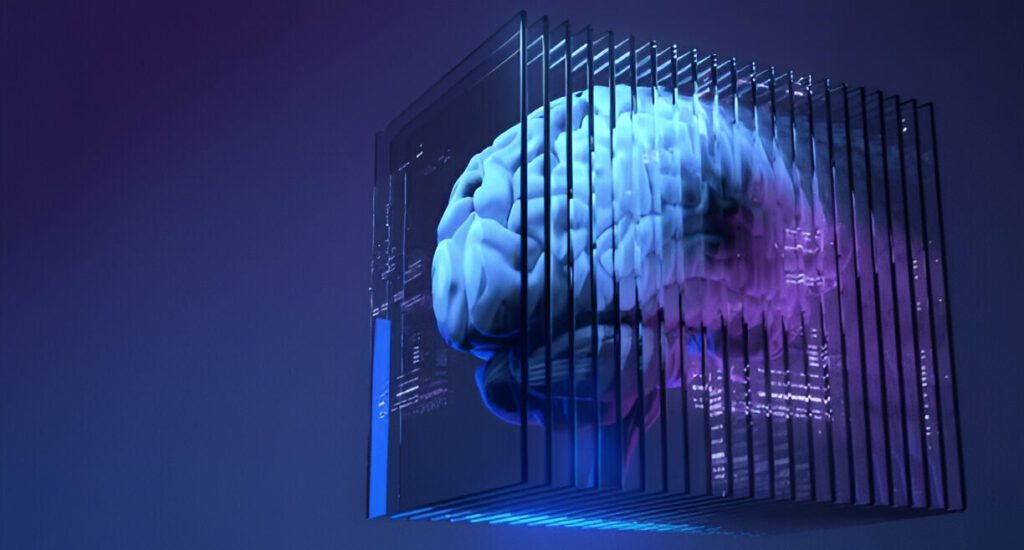
The realm of generative AI is rapidly reshaping how we interact with technology. From crafting realistic images to composing captivating music, this powerful technology is fundamentally changing the landscape of computing. However, a critical challenge lies in enabling generative AI to run smoothly on devices with limited computational resources. This is where Neural Processing Units (NPUs) emerge as a game-changer.
The Bottleneck of Cloud-Based Generative AI
Traditionally, generative AI has relied on the immense processing power of cloud platforms. While effective, this approach presents limitations for on-device generative AI. Constant internet connectivity, dependence on centralized infrastructure, and increased latency and security vulnerabilities are just a few hurdles.
At the heart of cloud-based AI infrastructure lie CPUs and GPUs. While these processors are workhorses in the computing world, they struggle when applied to on-device generative AI. CPUs, designed for general tasks, lack the specialized architecture needed for efficient and low-power execution of generative AI workloads. GPUs, excelling in parallel processing, are primarily built for graphics tasks. They require specialized circuits that consume significant power and generate heat, making them unsuitable for compact devices.
NPUs: Inspired by the Brain, Built for Efficiency
NPUs are revolutionizing how we run generative AI on devices. Their architecture draws inspiration from the human brain’s structure and function, particularly the way neurons and synapses collaborate to process information. Mimicking biological neurons, artificial neurons within NPUs receive, process, and produce data. These neurons are interconnected through artificial synapses, transmitting signals with varying strengths that adjust during the learning process. This replicates the brain’s synaptic weight changes.
NPUs are organized in layers, mirroring the brain’s multi-stage processing. This structure aligns perfectly with generative AI, which utilizes similar artificial neural networks. This synergy eliminates the need for specialized circuits in GPUs, leading to more compact, energy-efficient, and faster solutions for on-device applications.
A Tailored Approach: Diverse Needs, Specialized Solutions
The realm of generative AI encompasses a wide range of tasks, each with its own computational demands. Image synthesis relies heavily on matrix operations, while text generation involves sequential processing. To address this diversity, NPUs are often integrated into System-on-Chip (SoC) technology alongside CPUs and GPUs.
Each processor brings unique strengths to the table. CPUs excel at immediate, sequential control. GPUs shine in streaming parallel data processing. NPUs, on the other hand, are finely tuned for core AI operations, adept at handling scalar, vector, and tensor math. This heterogeneous computing architecture allows tasks to be assigned to the most suitable processor based on its strengths and the specific workload’s demands.
NPUs, optimized for AI tasks, efficiently offload generative AI workloads from the main CPU. This not only ensures fast and energy-efficient operations but also accelerates AI inference tasks, enabling generative AI models to run smoothly on the device. With NPUs handling the AI-heavy lifting, CPUs and GPUs can focus on other functionalities, enhancing overall application performance while maintaining thermal efficiency.
NPUs in Action: Shaping the Future of On-Device AI
The advancement of NPUs is gaining momentum. Here are some prominent examples:
- Qualcomm’s Hexagon NPUs: Designed for low-power, low-resource devices, these NPUs accelerate AI inference tasks like text generation, image synthesis, and audio processing. Integrated into Snapdragon platforms, they enable efficient execution of neural network models on Qualcomm AI devices.
- Apple’s Neural Engine: Powering features like Face ID, Siri, and augmented reality (AR), this core component of A-series and M-series chips accelerates tasks like facial recognition, natural language processing, and object tracking. It significantly enhances the performance of AI-related functionalities on Apple devices.
- Samsung’s NPU: This specialized processor, integrated into the latest Samsung Exynos SoCs, empowers low-power, high-speed generative AI computations on Samsung phones. It’s also found in flagship TVs, enabling AI-driven sound innovation and enriching user experiences.
- Huawei’s Da Vinci Architecture: This architecture forms the heart of their Ascend AI processor, designed to boost AI computing power. It leverages a high-performance 3D cube computing engine, making it particularly powerful for AI workloads.
The Future is Bright: Sustainable and Powerful On-Device AI
Generative AI is on a transformative journey, reshaping how we interact with devices and pushing the boundaries of computing. NPUs, with their specialized architecture and power efficiency, offer a compelling solution for running generative AI on devices with limited resources. By integrating NPUs into SoCs alongside CPUs and GPUs, we can unlock a future of faster, more efficient, and sustainable on-device AI.
The Road Ahead: Challenges and Opportunities
While the rise of NPUs is exciting, there are still challenges to overcome:
- Balancing Power and Efficiency: Striking the optimal balance between processing power and energy consumption remains an ongoing pursuit. Advancements in chip design and manufacturing will be crucial in achieving this equilibrium.
- Security Concerns: As AI models become more complex, so too do the security risks. Robust security measures need to be implemented within NPUs to safeguard user privacy and prevent potential misuse.
- Standardization: A lack of industry-wide standardization around NPU architecture and programming models can hinder development and adoption. Collaborative efforts to establish common standards will be essential for fostering a thriving NPU ecosystem.
Despite these challenges, the future of on-device generative AI with NPUs is brimming with opportunities:
- Enhanced User Experiences: Faster and more efficient on-device AI processing will lead to a more seamless and responsive user experience across various applications.
- Privacy by Design: On-device generative AI powered by NPUs can minimize reliance on cloud storage and processing, potentially enhancing data privacy and security.
- Democratization of AI: NPUs have the potential to make generative AI more accessible by enabling its deployment on a wider range of devices, not just high-end ones. This could open doors for innovation and creative exploration across various industries.
Conclusion
The emergence of NPUs marks a significant leap forward in the quest for efficient and sustainable on-device generative AI. As NPU technology continues to evolve and overcome existing challenges, it has the potential to revolutionize the way we interact with devices and unlock a future brimming with creative and transformative possibilities.




